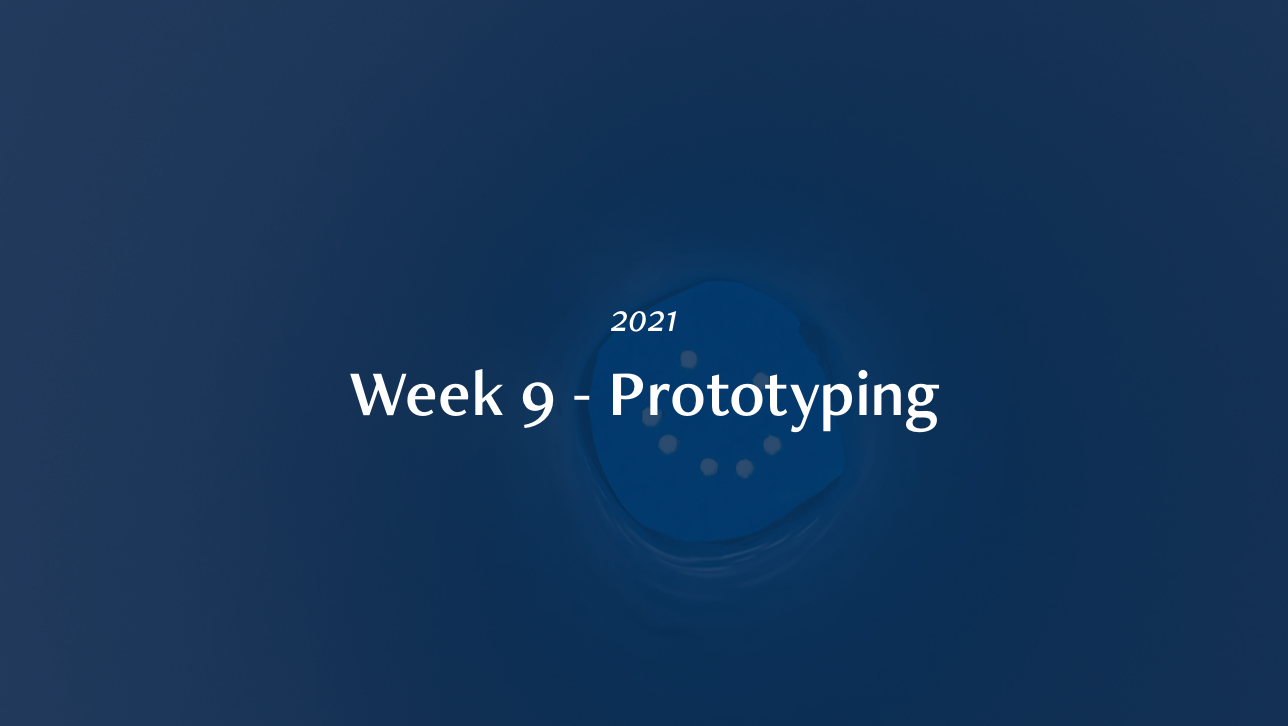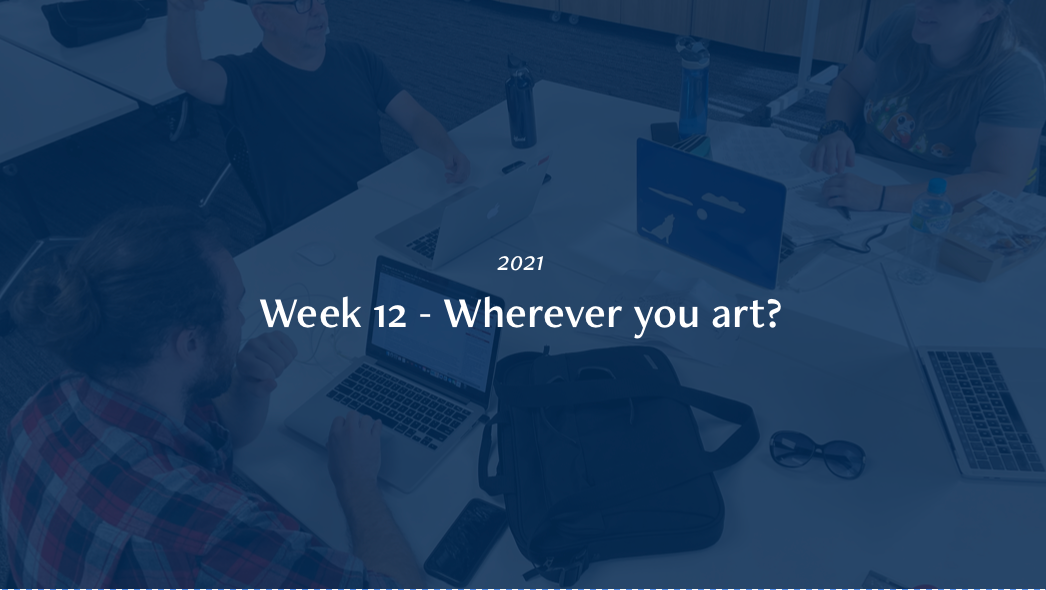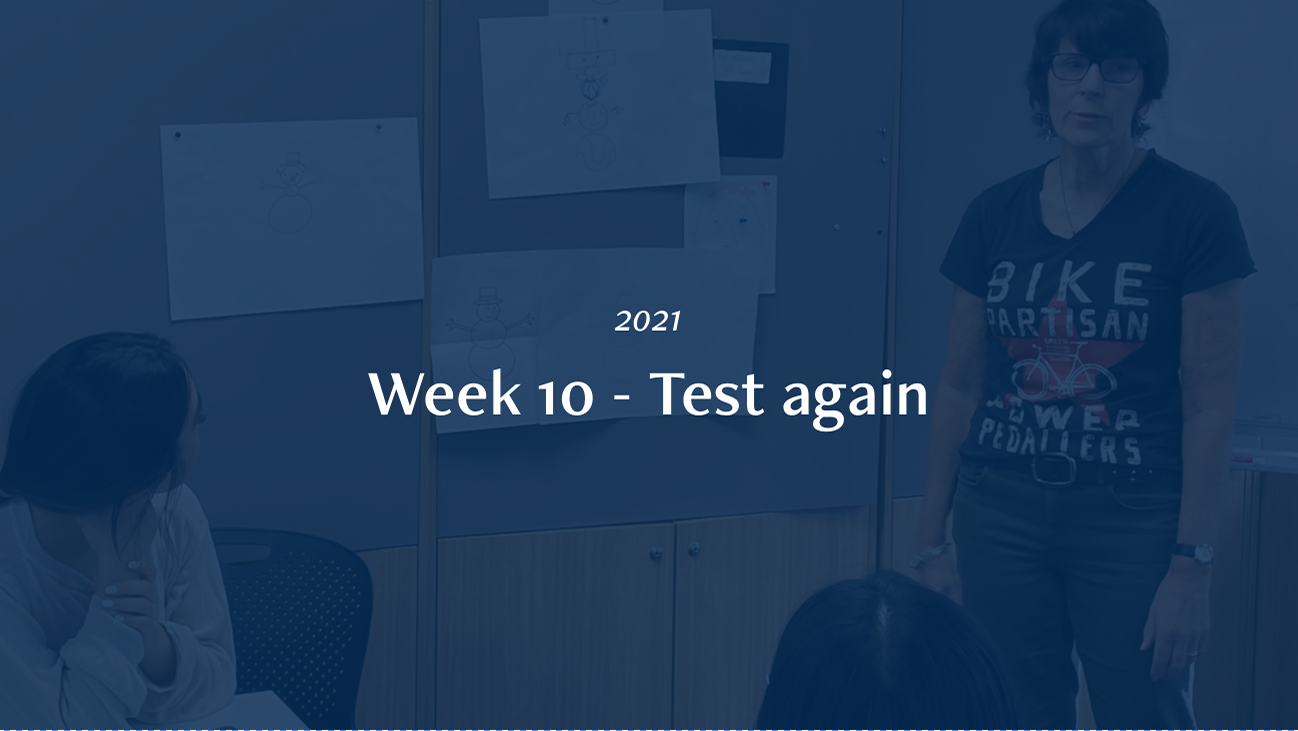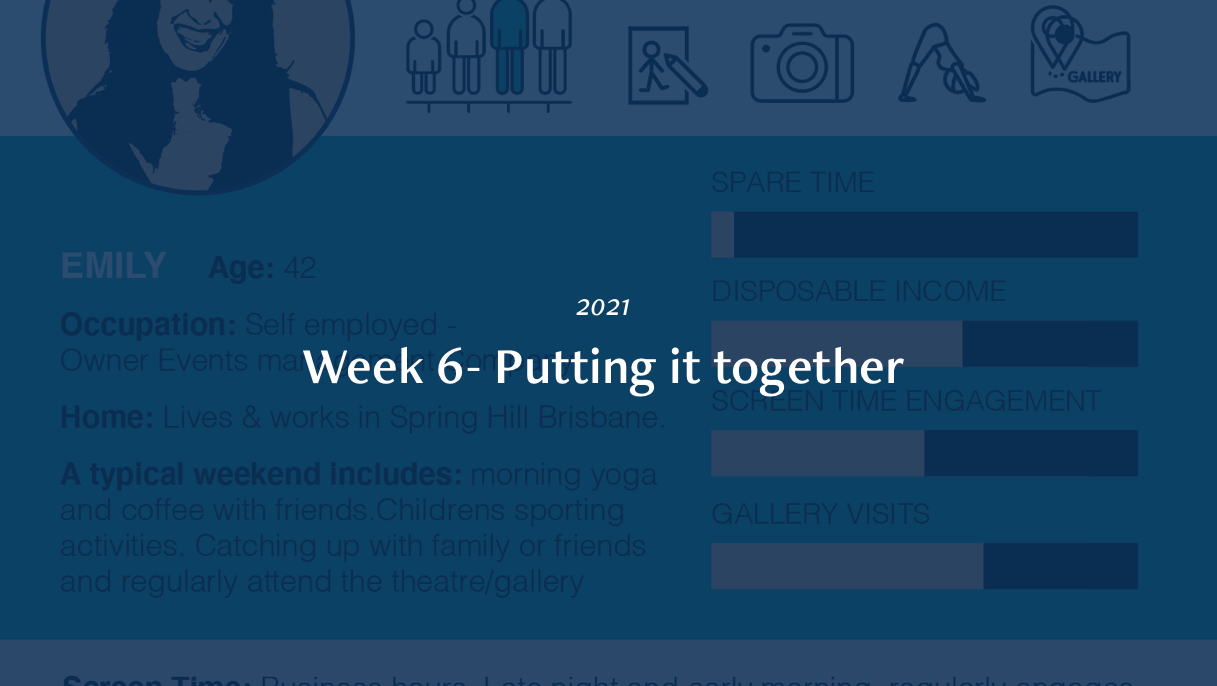So this week I thought I had a few areas I could look into. By the end of class I felt like I had nothing. I guess I chose this area of art exhibitions because I am involved with a real project that is trying to find solutions to creating valuable a experience for people streaming an art event.
Case study - Art event - I digress to try and use tools
The problem is by making it accessible and offering it as a free service people don't commit. They don't see it as a valued experience like they do when they purchase tickets and attend in person.
A conference was like this -book time off work and family, people invest time and money and most importantly attention.
The same experience online is not replicated. There is no urgency or requirement to invest time and money because it is always available and or the perceived view is the opportunity is always available. There are options and no commitment is required. Even if you pay to access it, the tickets become more of a bullet point on the to do list. A link lost in the email feeds and a calendar reminder. You can attend whilst working, watching television, making dinner - the attention is divided and distraction is far more prevalent. The experience is devalued because it is less special, because it can't be the same.
What if the online experience could be perceived as an equivalent experience?
I tried to apply this concept to online exhibitions because I made some assumptions that turned out not to be correct. I assumed the design of the platforms and interfaces would make the experience feel different to the viewer. In fact (after more conversations and survey results) - the viewer does not care - and I think this is because the general audience only views art on interfaces they are familiar with. More importantly they will only view one or select pieces of art at a time and move on. They all say they would visit an exhibition in person if the opportunity was to arise but they would not necessarily seek it out as an event to attend. My case study didn't match the casual attitude of my primary research. The only people concerned with how people view the artwork are the galleries and collections, not the audience because they can consume art in many different ways.
I emailed Carolyn for some advice because I thought I could find a project that was suitable. Her advice were that they were not Human based statements
1. What if the screen replaced the canvas?
2. What if our experience with artwork on screens relies on UX/UI?
3. What if screen interaction with artwork becomes the norm?
Problem statements
How might we maintain authorship and copyrights for online artworks? - This one is huge and intertwined with copyright and trademark issues
How might we create economic value for digital artwork ? This one is interesting because digital artwork is essentially a file, often available for free online and so how does it generate income for the artist, how is it resold, does it devalue with technology advancements? It needs to be reframed as "How might digital artists make money from selling their artwork?"
How might we curate the interaction of an online exhibition? This one is a problem of the galleries and artists because they have a collection and in physical terms they can control how the audience views the collections, in what order, what they see first, what they see side by side or collectively, they can control the space around the work. Not only that they can cutter the environmental issues such as sound, temperature, lighting? In an online environment the viewer might have many distractions. For example I have my daughters watching river dale behind me, my son chatting on the PS4 loudly downstairs, the dog barking and my husband mowing the lawn. I can click forward back at anytime and exit the webpage without going through the gift shop:) Maybe I rephrase the question as "How might we direct viewers through digital experiences" but this feels so blah. It's essentially every UX problem ever.
How might we use online platforms to enhance exhibition gallery experience This one I guess works with the strengths of online media. It also sits in the above statement. Using the screen to extend and interact with the viewer further - directing and guiding viewers, holding their attention. Giving the viewer more background information, showing making of, providing motion visuals and AR possibilities. This is what is already something is heavily explored.

A very quick in class empathy map - 5 minutes - spent some of that just downloading it
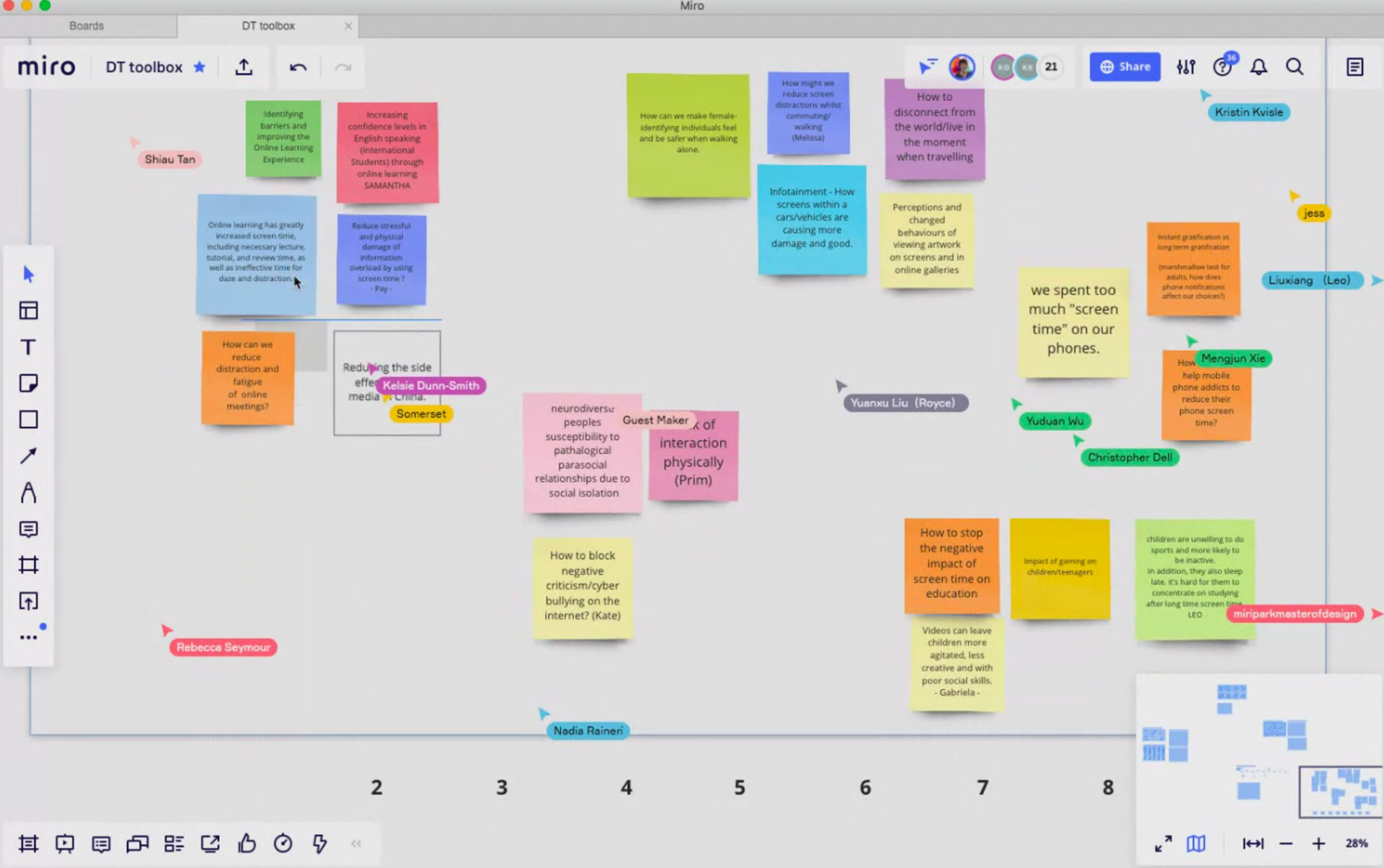
In class we were put into groups to work on connecting our ideas. I was the odd one out, however we did connect in one way - distraction
So I thought I'd try out the tools to help me get to the pointy end of this task. I decided to work though the Afinity Map but I got sooo confused. I have many variations before I ended up in a completely different area (I decided to help make things more tangible by running it against a personal industry project ) I tried to make it work. I don't think I could. It went full circle so many times. To be honest it always ends up as a marketing promotional problem to me which I am not sure is big enough - I am seriously stuck this week and running out of time. I have limited time with school holidays and work commitments so I need to get on with it.
From my survey I realised people who look at art online only look at one piece at a time, maybe two and move on - they lack the context and curation. I also noted most people would go and see the artwork and especially if they see that the exhibition is immersive, moving, has a story. They will seek out an experience over observation. More and more galleries are subscribing to these types of exhibitions and the are proving far more valuable economically. (insert quote that I have on miro here) This is the problem I will report on.
This was my second attempt - I had some time in between. Many many new promotions for digital exhibitions came out over easter so I had lots of food for thought. The screen will indeed replace the canvas. Artists will need other types of designers and artists to make their work compatible with the new gallery experiences and audiences will grow to expect this type of interactive and immersive experience. This is less of a problem and more like progress when researching... and if I am to maintain my initial topic of screens replacing canvas I need to make sure my problem statement stays about screens rather than experience.
I did many many of these trying to refine my problem statement. These are getting closer
Time to start creating some user profiles and empathy maps. Screens replacing the canvas in a gallery space will continue but why. I know from my own industry experience that online interaction / learning and communication has its place. Even more so in a Covid-19 era. Mental health issues such as anxiety, PTSD etc are benefitting from remote interaction and engagement. Similarly those isolated because of restrictions or because of geographical locations - rural population etc, all rely on screens and digital platforms to communicate and engage with these spaces.
Meet Emily
Meet Jeff and Susan
Customer Journey for people attending gallery exhibitions.
2 people in-person and 2 people online. How does their experience differ? how is it the same?
Below - the overall and in detail tiles
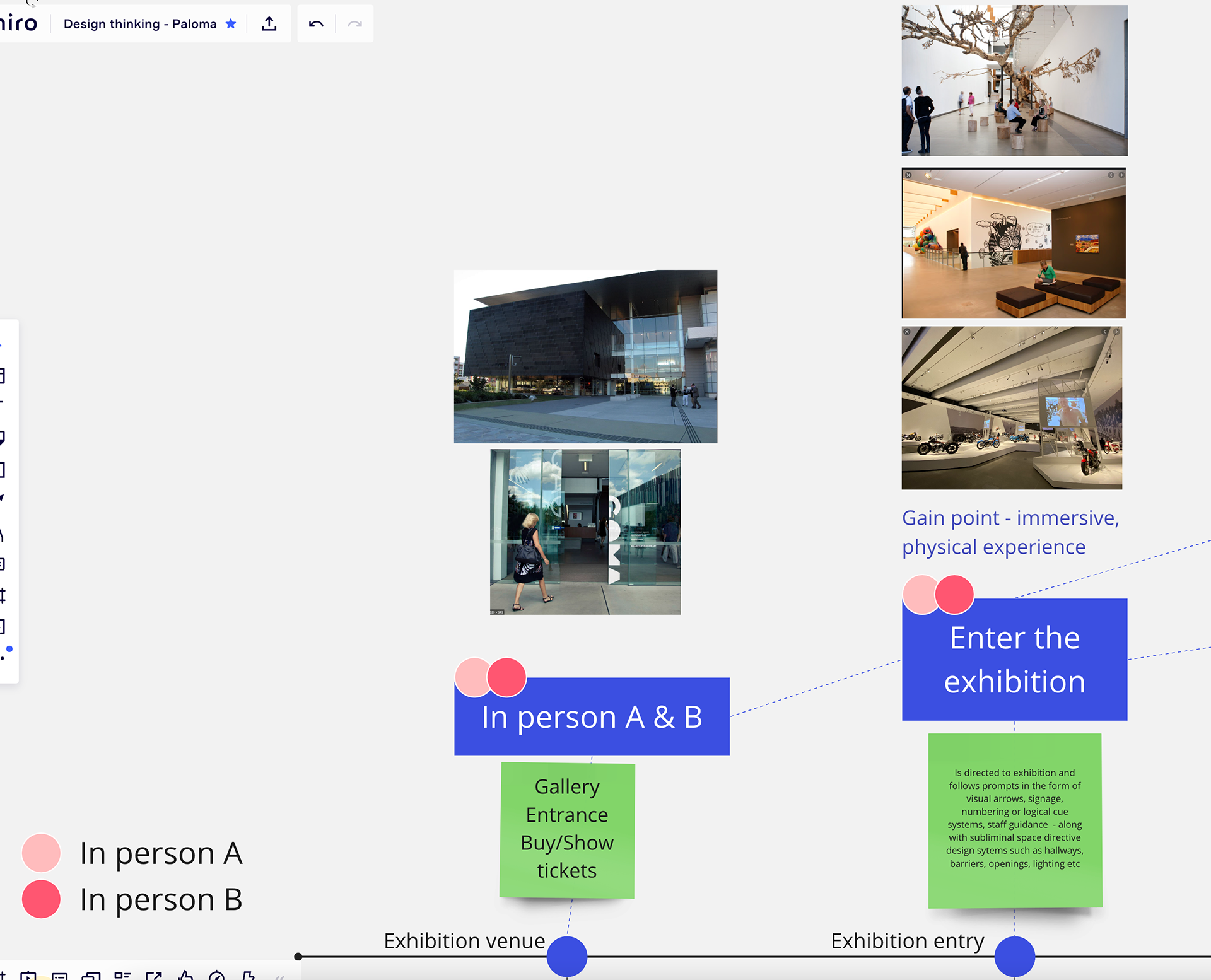

A VISUAL JOURNEY OF AN IN PERSON EXPERIENCE
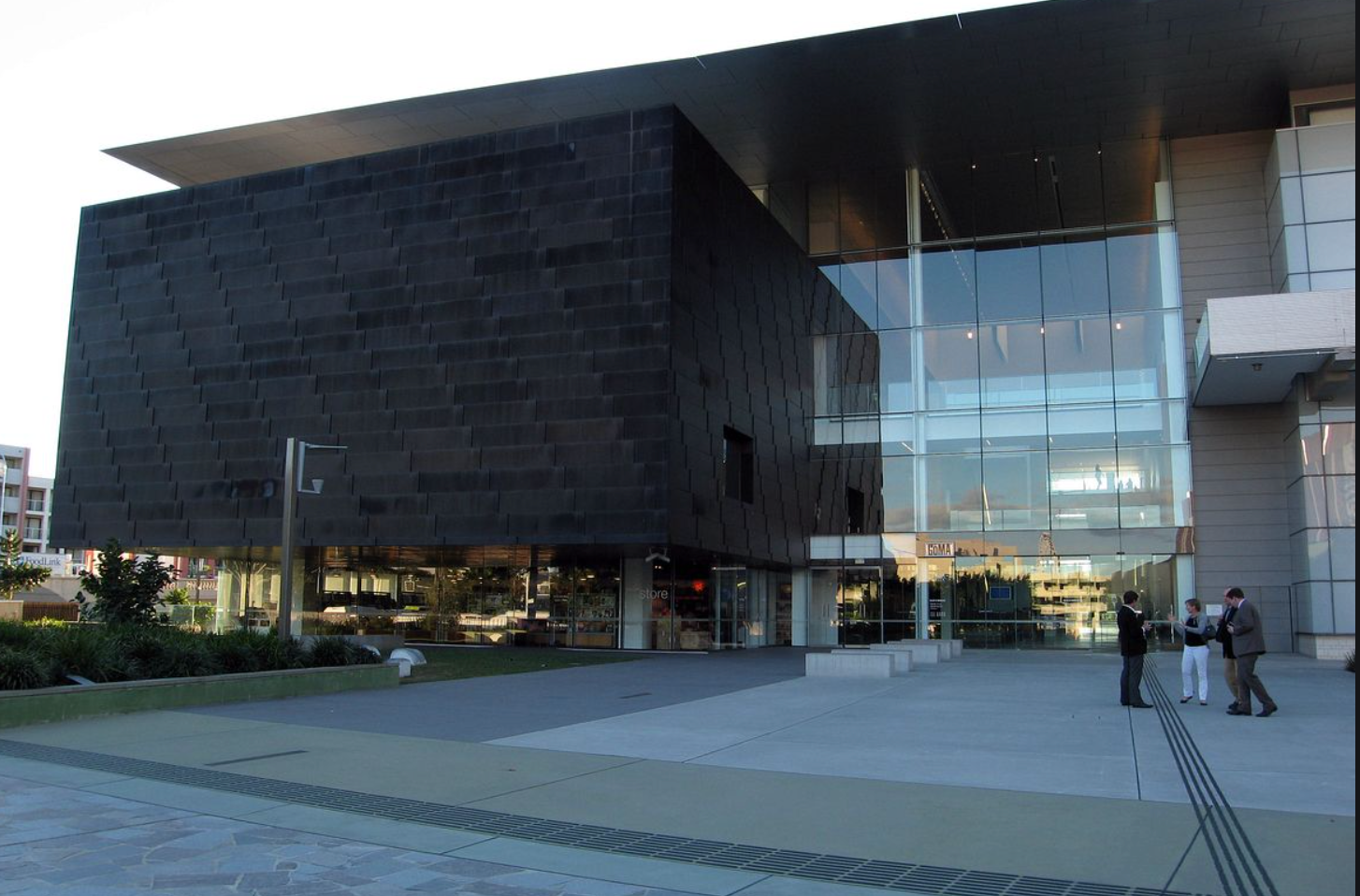



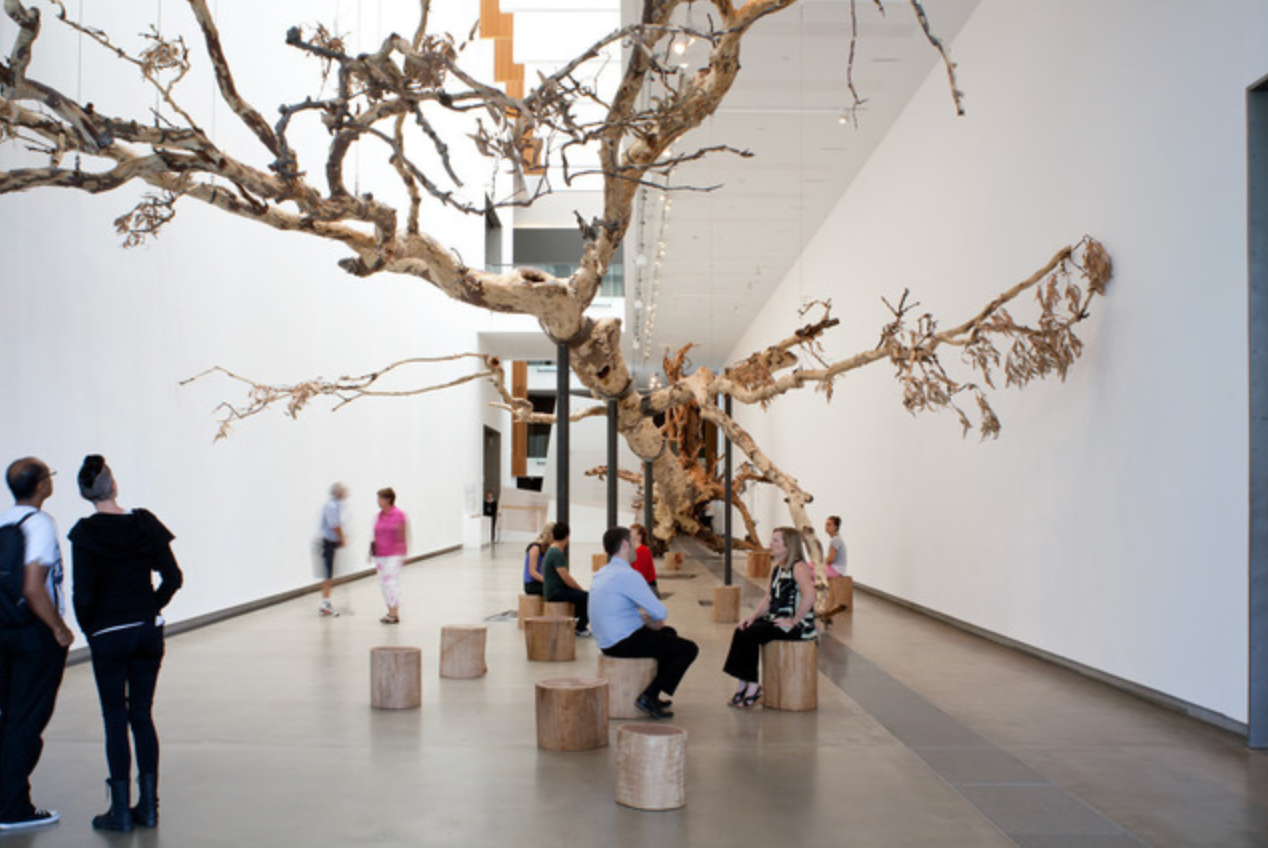







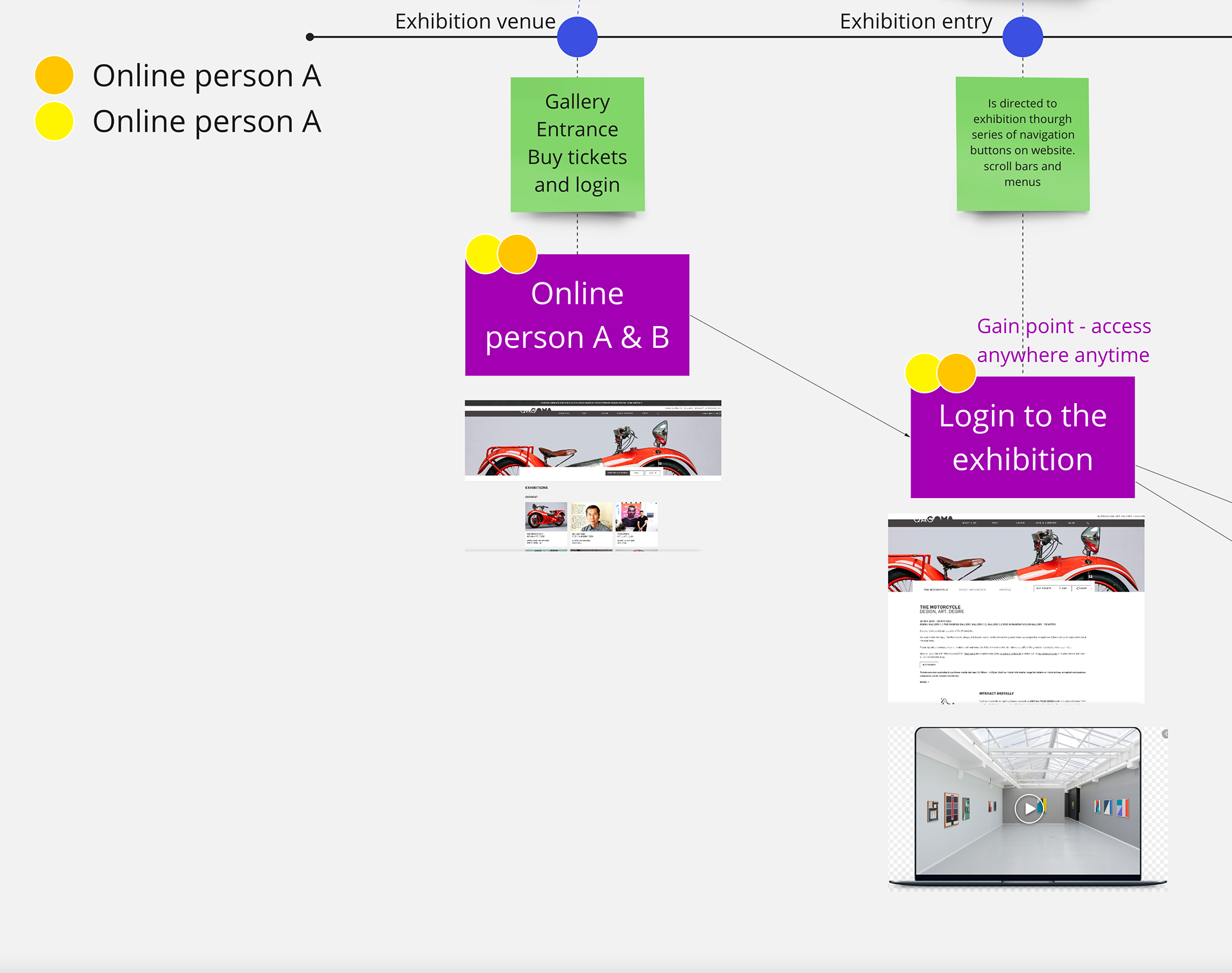
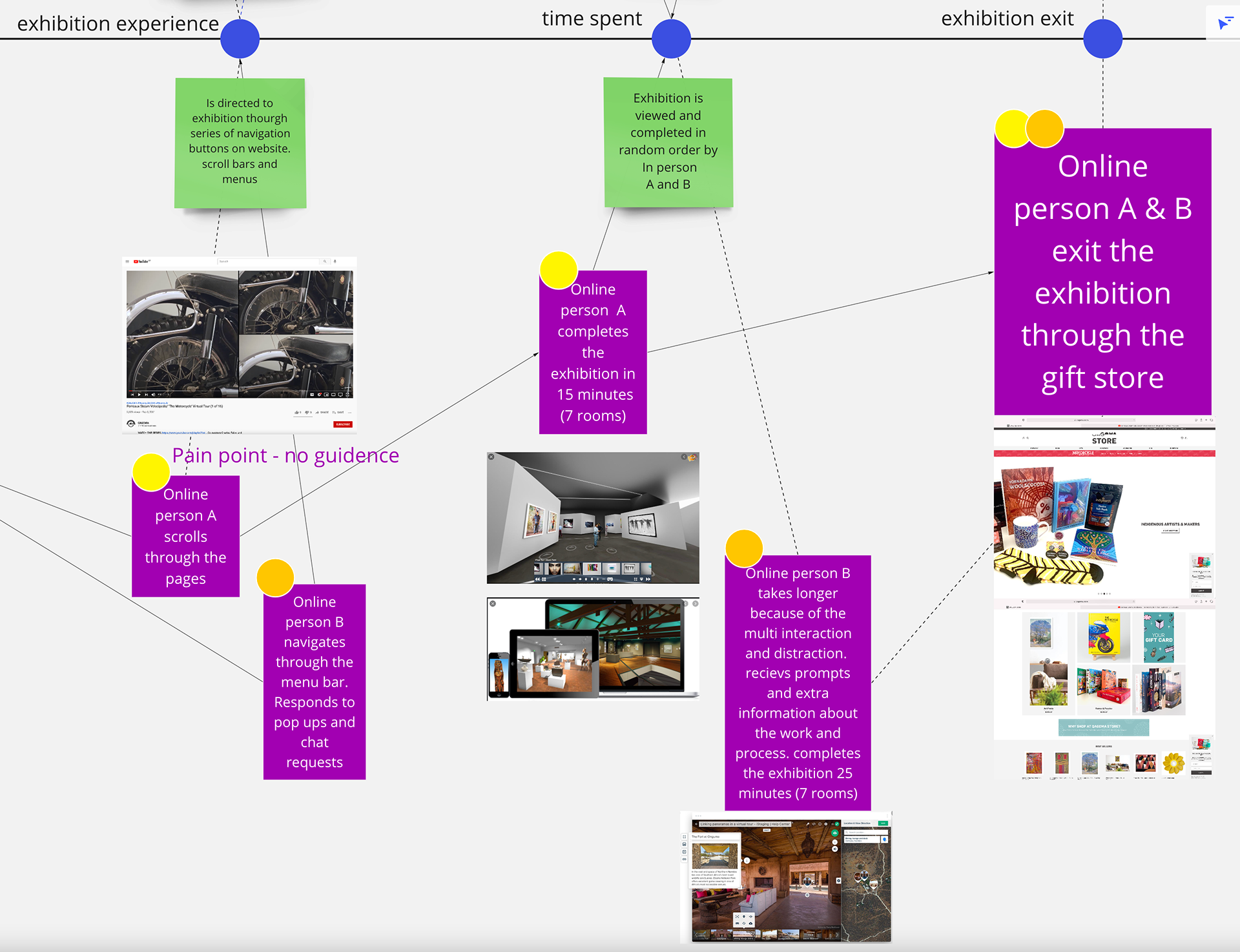
A VISUAL JOURNEY OF AN ONLINE EXPERIENCE


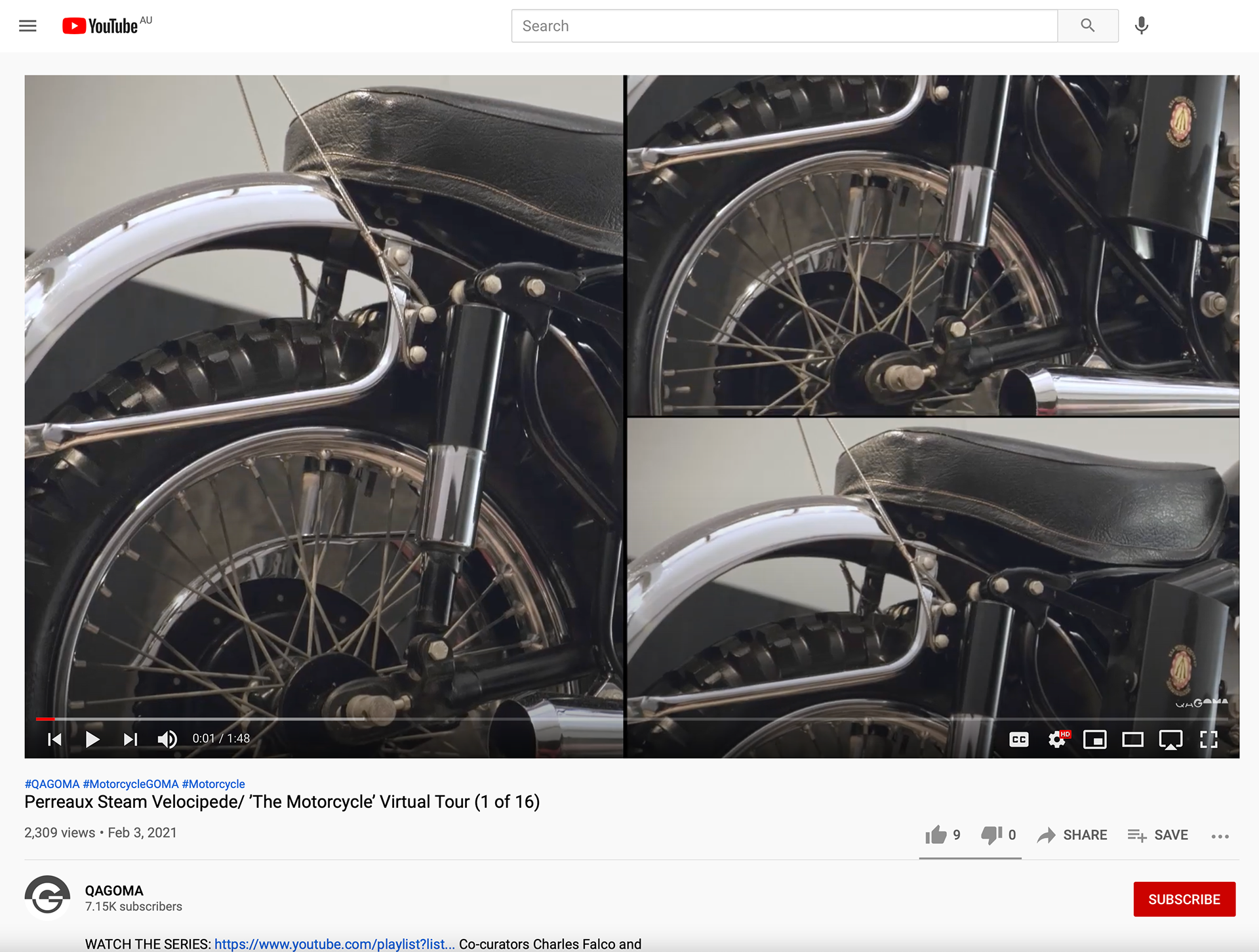
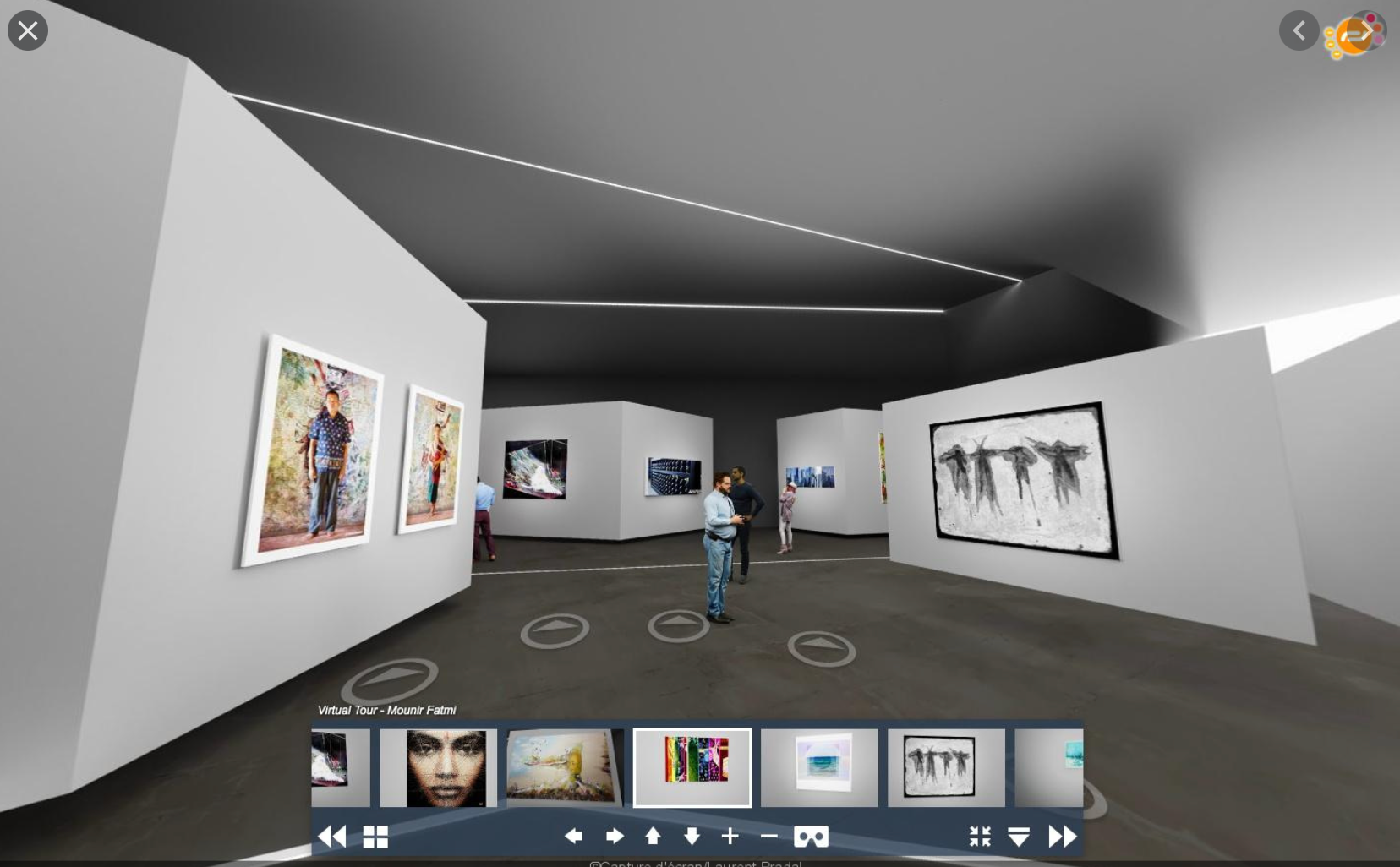
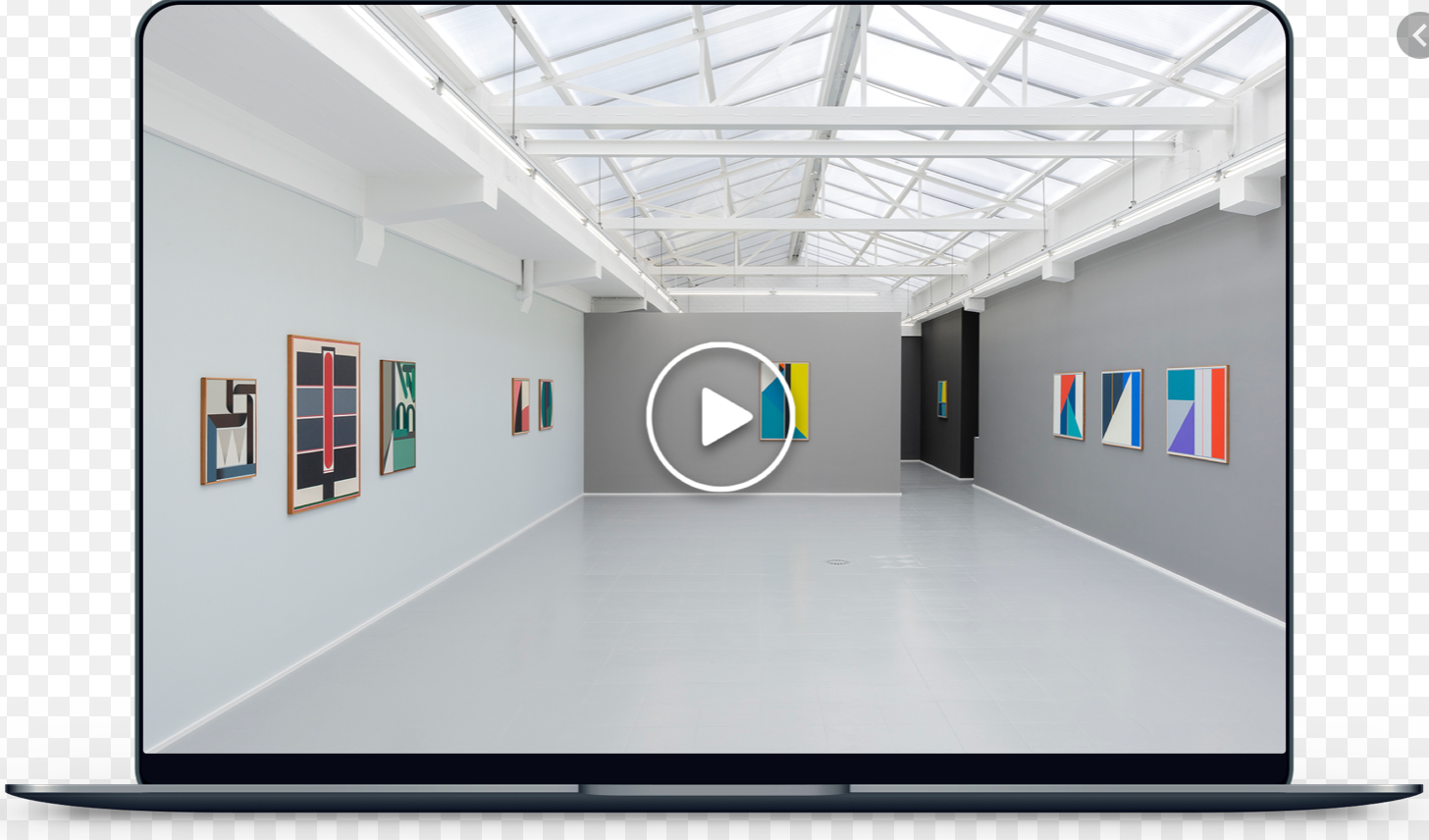
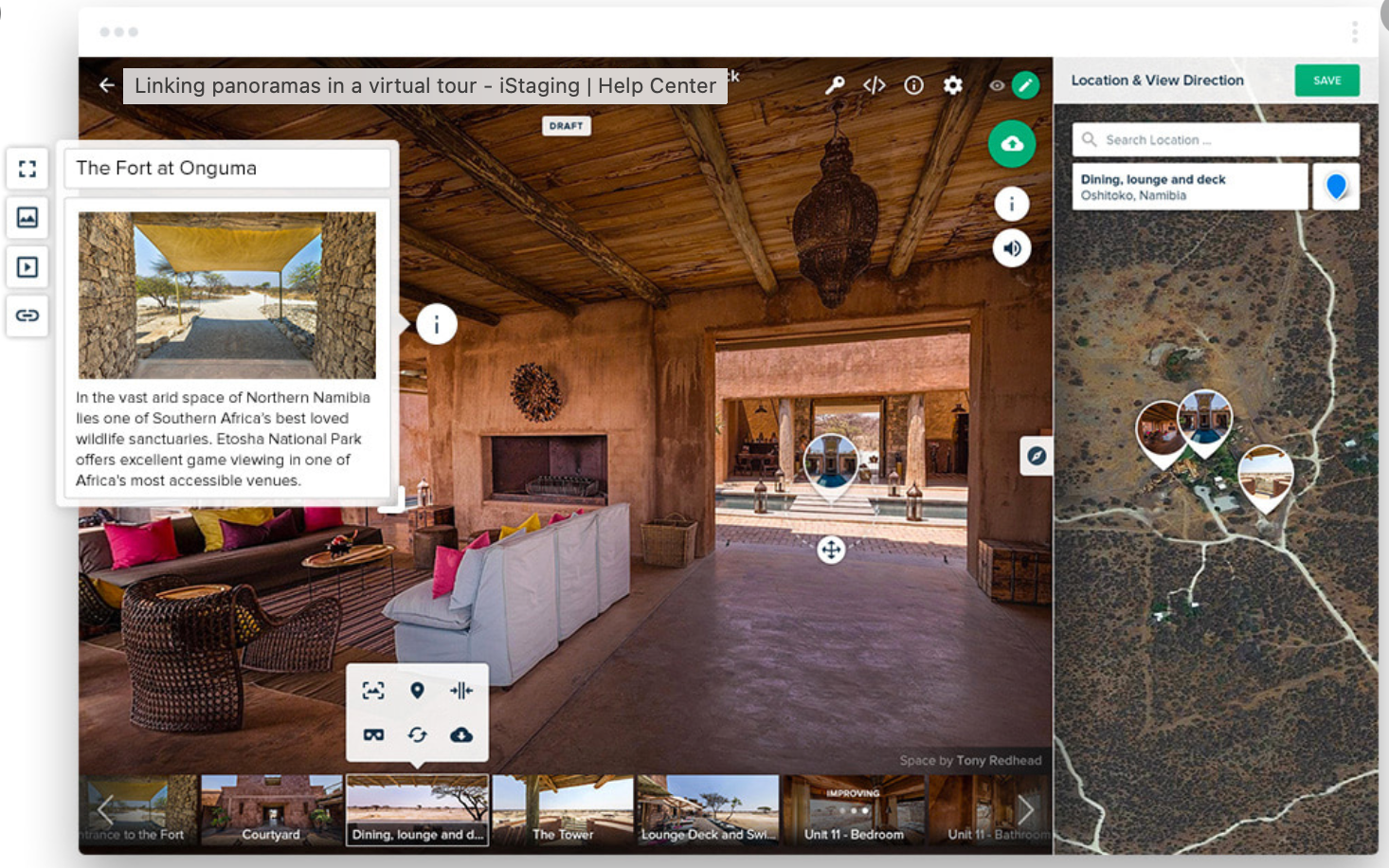
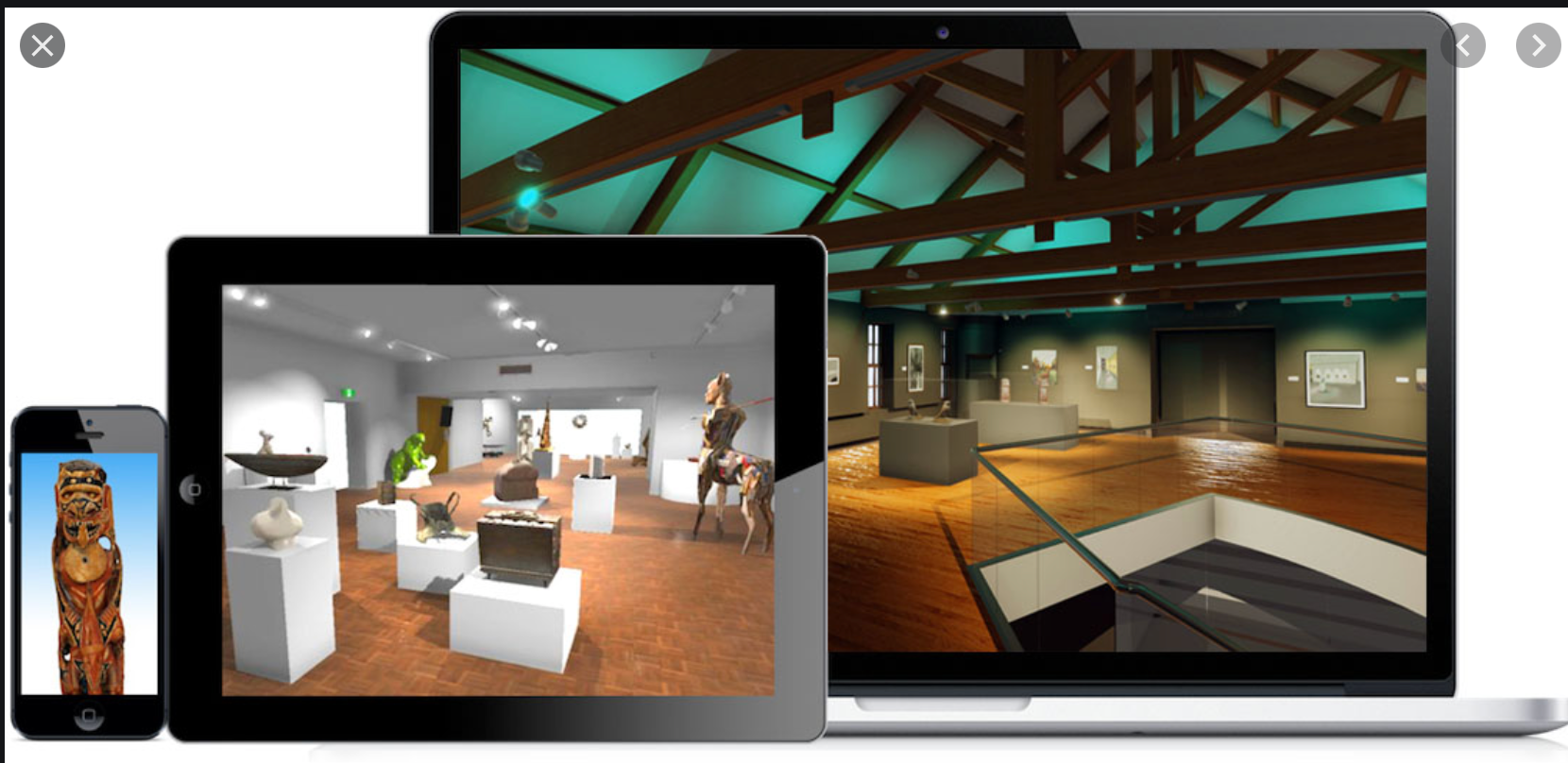
HMW connect the online audience to
the curated exhibition experience?

